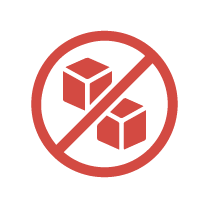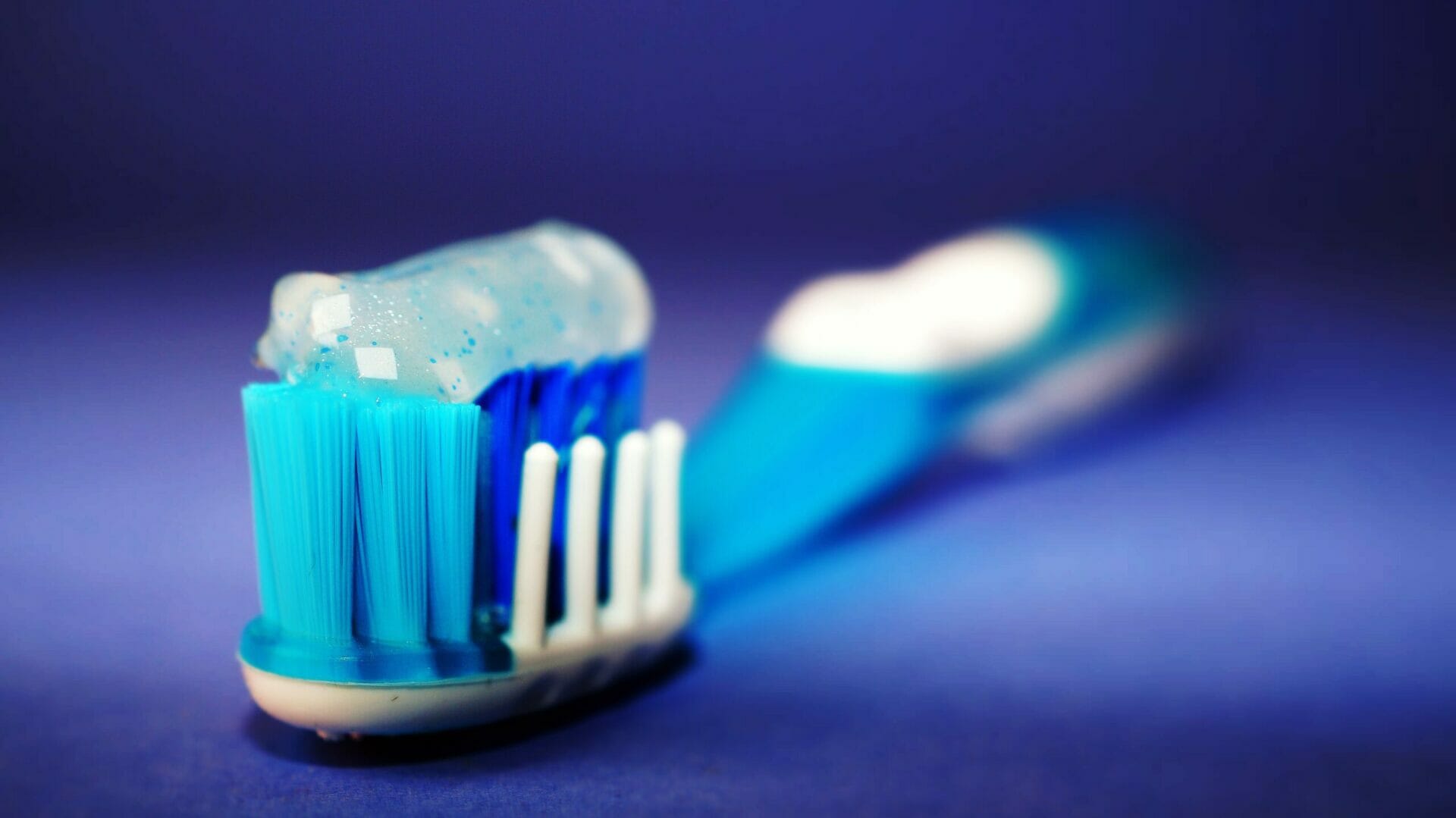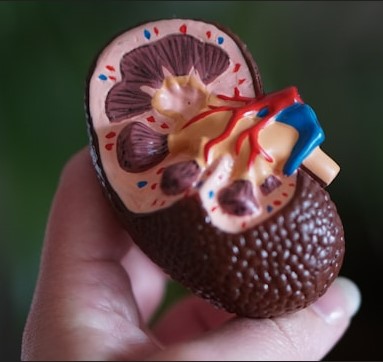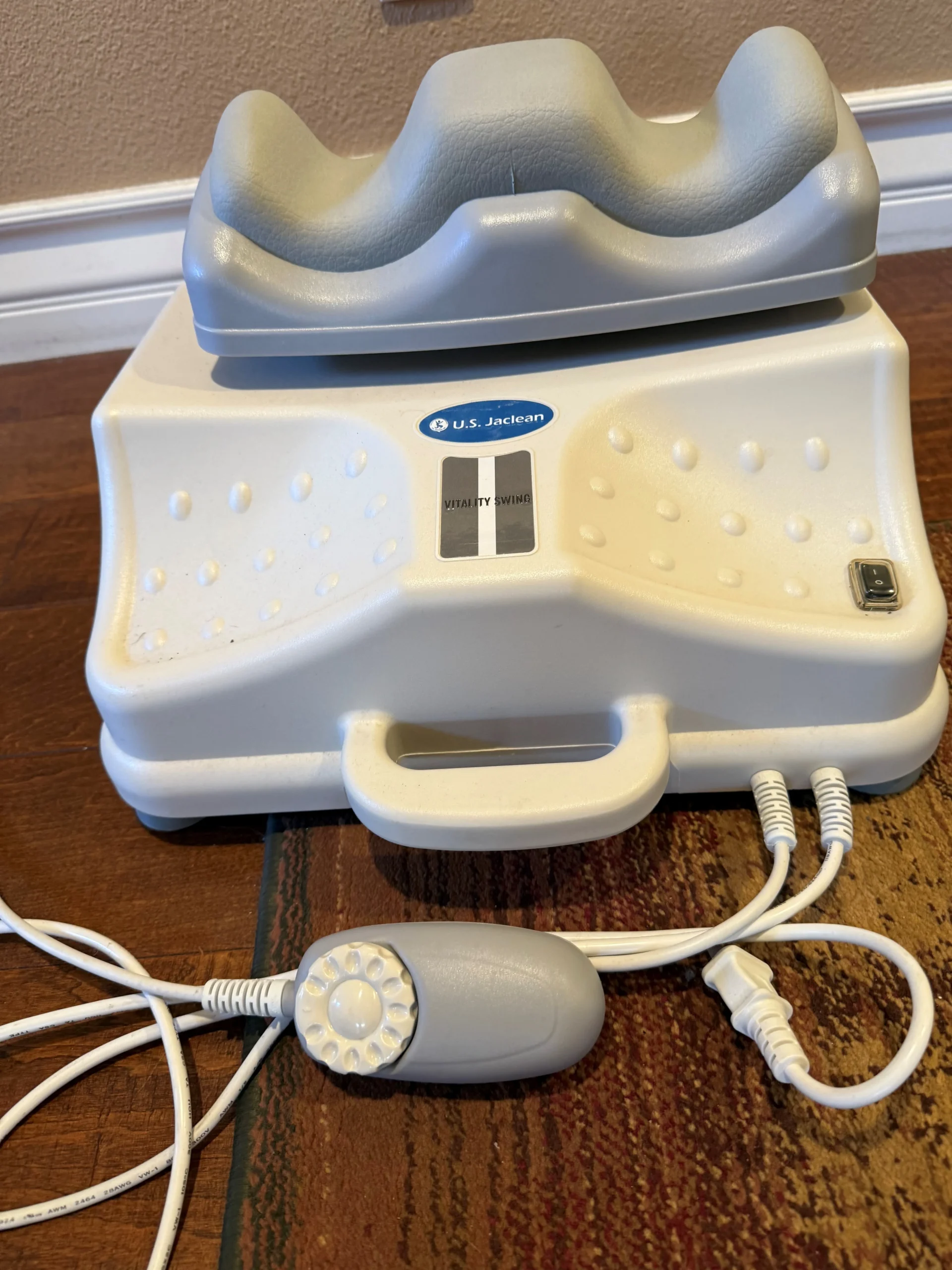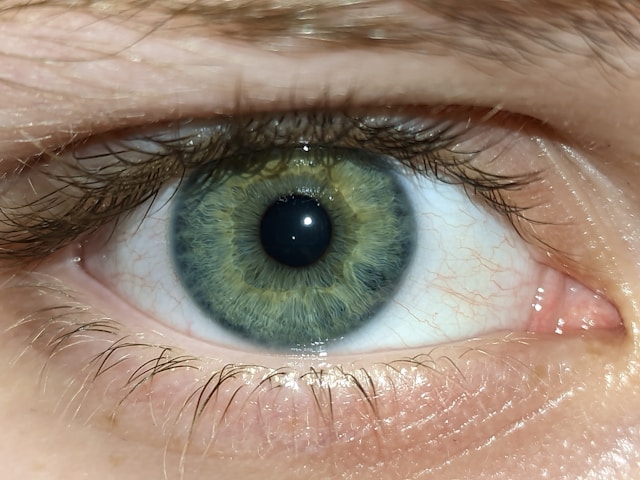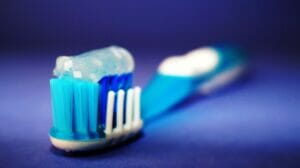 Don’t smoke
Don’t smoke- Reduce both the quantity and the frequency of sugar intake. Snacks and drinks should be free of sugars (other than natural sugars found in fruits and vegetables). Sugar-containing foods should be consumed with meals. ideally followed by brushing. Even fruit juices can cause tooth erosion in children.
- Eat a low glycemic diet
- Reduce processed foods (have lots of sugar)
- Keep weight down
- Take a high quality cellular nutrition supplement and fish oil daily for cellular nutrition
- Have regular preventive dental visits. Periodontitis is a silent disease. Dentists now often perform Periodontal Screening and Recording (PSR) using a probe to measure gum pocket.
- Correct tooth brushing, mouth cleansing, and flossing should be everyone’s defense against periodontal disease. (However, good hygiene is probably not sufficient to prevent periodontal disease in many people. Regular visits to a dentist are extremely important, especially for high-risk individuals.)
Brushing Guidelines. The following are some recommendations for brushing:
- Use a dry brush. One study reported that when people brushed their teeth without toothpaste first, using a soft dry brush, their plaque deposits were reduced by 67%, and gum bleeding dropped by 50%.
- No brush of any size, shape, or gimmick is effective if it is incorrectly positioned in the mouth. Place the brush where the gum meets the tooth, with bristles resting along each tooth at a 45-degree angle.
- Begin by dry brushing the inside the bottom row of teeth, then the inner top teeth, and last the outer surfaces.
- Wiggle the brush back and forth so the bristles extend under the gum line.
- Scrub the broad, biting surfaces of the back teeth.
- Dry brushing should take about a minute and a half.
- A paste is then applied, and the teeth should again be brushed in the same way.
- The tongue should be scrubbed for a total of about 30 seconds. A tongue scraper used with an anti-bacterial mouthwash (such as Listerine) is more effective than a toothbrush in removing bacteria.
- Rinse the toothbrush thoroughly and then tap it on the edge of the sink at least five times to get rid of debris.
- Flossing should finish the process. A mouthwash may also be used.
If brushing after each meal is not possible, rinsing the mouth with water after eating can reduce bacteria by 30%.
Flossing Guidelines.
The use of dental floss, either waxed or unwaxed, is critical in cleaning between the teeth where the toothbrush bristles cannot reach. In spite of this, nearly two-thirds of people do not floss. To floss correctly, the following steps may be helpful:
- Break off about 18 inches of floss and wind most of it around the middle finger of one hand and the rest around the other middle finger.
- Hold the floss between the thumbs and forefingers and gently guide and rub it back and forth between the teeth.
- When it reaches the gum line, the floss should be curved around each tooth and slid gently back and forth against the gum.
- Finally, rub gently up and down against the tooth. Repeat with each tooth, including the outside of the back teeth.
Sources
- Bensley L, VanEenwyk J, Ossiander EM. Associations of self-reported periodontal disease with metabolic syndrome and number of self-reported chronic conditions. Prev Chronic Disease 2011;8(3):A50. http://www.cdc.gov/pcd/issues/2011/may/10_0087.htm.
- American Dental Association Website
- National Institute of Dental and Craniofacial Research: “Periodontal (Gum) Disease: Causes, Symptoms, and Treatments.”
- http://www.nytimes.com/health/guides/disease/periodontitis
CLICK HERE TO READ – PART 1 – THE MOUTH-BODY CONNECTION
















